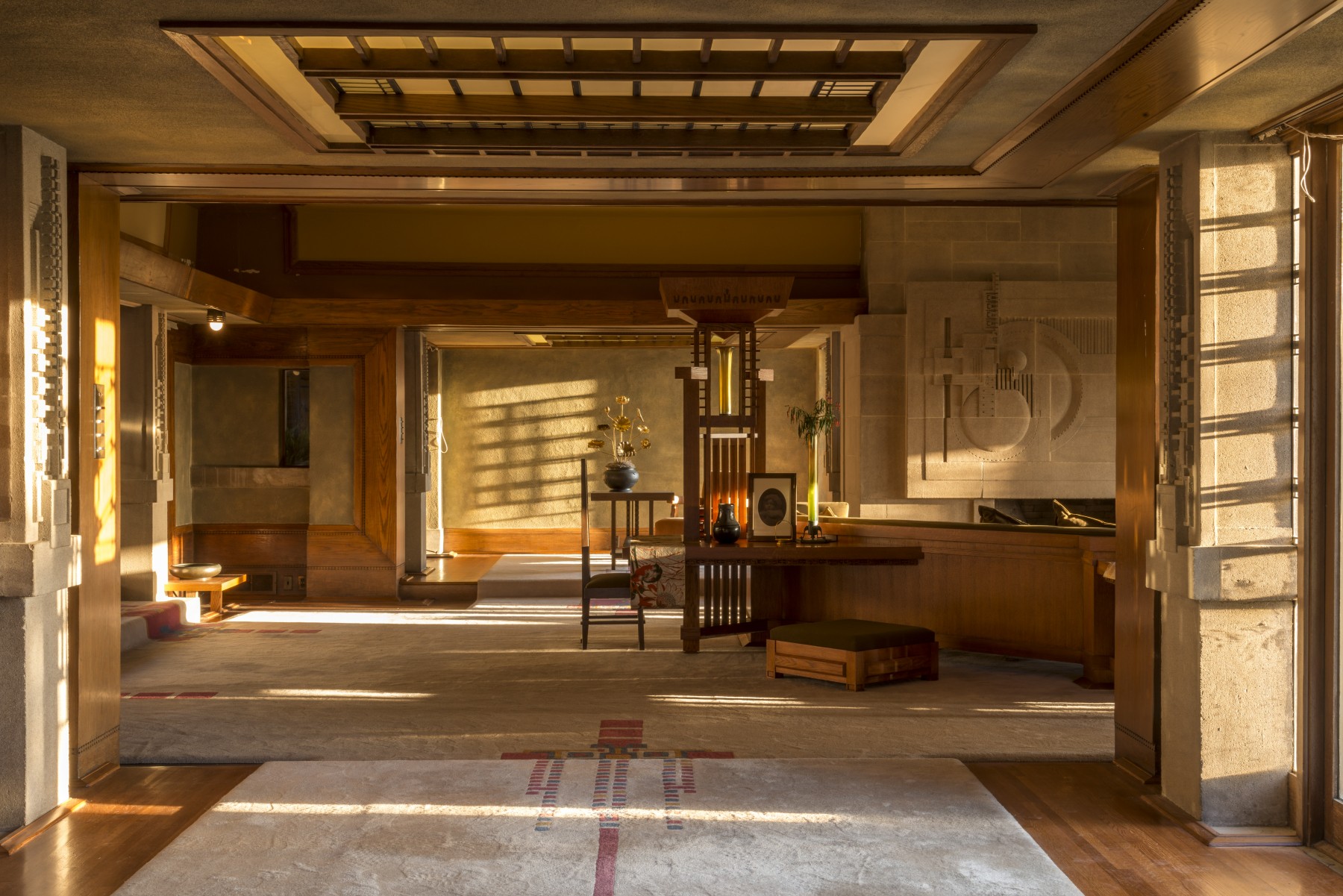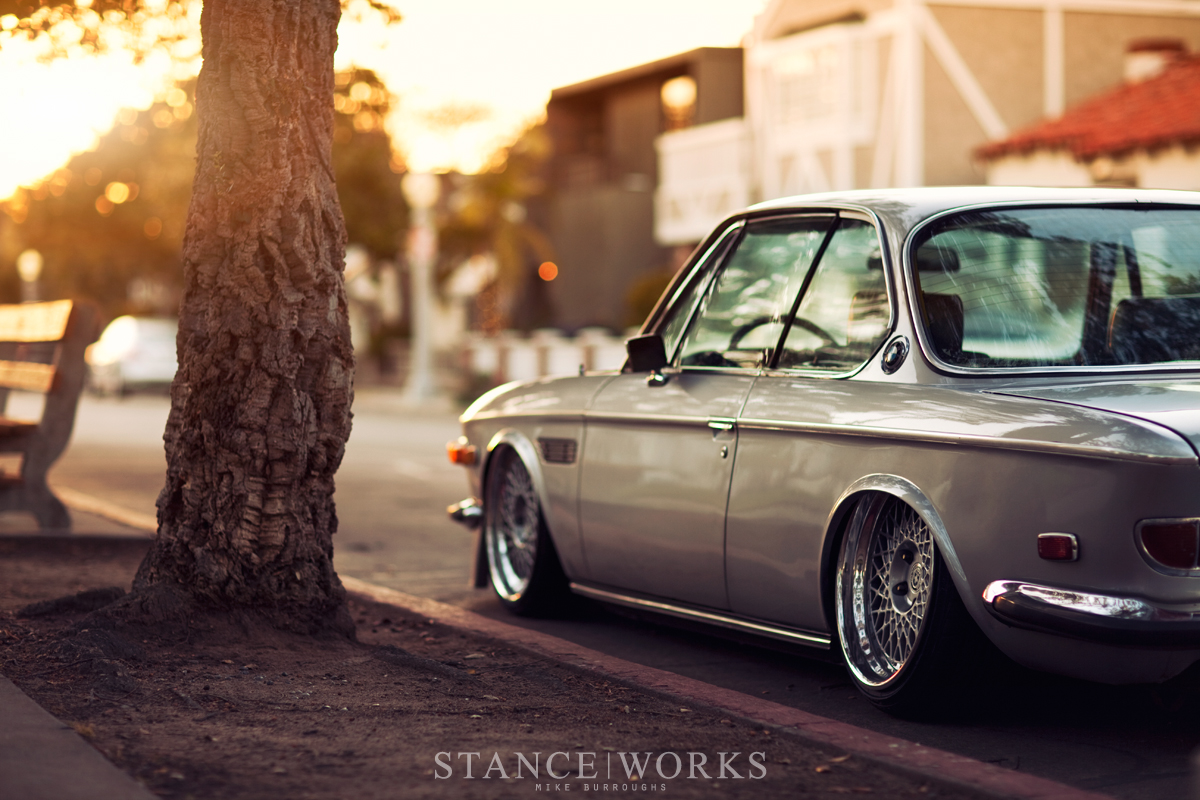In our first installment of V3llum’s Guide to Home Stereo we covered turntables, but they’re just the first link in a chain of equipment that ends with music coming out of your speakers. This article will focus on amplifiers which take the minute signal produced by your record needle and, well, amplify it. There was a time when every amp would come with an input for your turntable but those days are long gone, though that isn’t to say that you can’t buy a new amp with a phono input today, you just have to do a little digging. Vintage amps are another great option but they come with their own challenges. We’ll dig into both.
New equipment has the advantage of being new. Now, that’s an obvious statement to make but having all new components means you don’t have to worry about things failing or catching on fire, etc. It should just work right out of the box. Buying new is often a cheaper route too because even very nice vintage equipment will likely need work to sound its best. We did a bunch of research and picked two excellent new amplifiers that will set you back less than $500 and should perform flawlessly for years whether you want to drive speakers or headphones.

Cambridge Audio Topaz AM10
Cambridge Audio has a long history of making excellent no-nonsense affordably priced hi-fi gear and the Topaz AM10 is yet another great amp built in that tradition. The AM10 will set you back around $350 new and has features that are typically found in amplifiers at a much higher price point. It has five RCA audio inputs, an excellent phono stage, a toroidal transformer which offers up a much cleaner sound with less noise and more power than a standard power transformer. It has a full size 1/4” headphone jack and even comes with a remote control and a warranty (something that just isn’t an option with vintage gear). The downside for some is the lack of multiple sets of speaker outputs. The AM10 will only drive one set of speakers but for most entry level systems, that’s not a huge issue. All in all, this is a low-key looking and affordable piece of audiophile gear. It is a rock solid foundation on which to build out your system even if it’s not terribly sexy looking.

PS Audio SPROUT
The Sprout by PS Audio is a totally different beast than the Cambridge Audio AM10. It’s significantly smaller and with its gorgeous milled aluminum and walnut exterior, it’s a whole lot prettier too. From a functionality standpoint it offers some things that the AM10 doesn’t, namely Bluetooth compatibility. The Sprout’s digital audio controller will allow you to play music from your phone or laptop and have it sound great. Its phono stage is excellent as well. The Sprout has fewer RCA inputs than the AM10 but it makes up for that with a digital coaxial input, a USB input and a 3.5mm stereo analog input that can be hooked up to a subwoofer. At $499 the Sprout is a bit more expensive than the AM10 but you do get extra functionality and it is a significantly more attractive piece which will undoubtedly feature into some people’s decision making process. This unit should offer plenty of room to grow with bigger and better speakers etc before you need to upgrade it and should be a solid investment.
The other option available to intrepid neophyte stereo enthusiasts when it comes to buying an amp is of course the vintage market. Vintage amps have a lot going for them. First, they were designed in a time when vinyl was king so many of them have truly gorgeous sounding phono stages and generally are much “warmer” sounding than modern equipment which tend to focus on totally eliminating any distortion to the sound and can feel a little clinical. Vintage gear is also generally built to a very high standard and if it’s lasted 40 or 50 years already then with care it will probably last another 50. Also, vintage gear is just plain sexy (usually). We’re going to give you a few examples of awesome vintage amplifiers under $500 that will sound amazing and make your apartment at least as cool looking as Ron Burgundy’s.

NAD 3020
Look, I know we just hyped up how sexy vintage amps can be and now here we are hitting you with another ugly black box. Well, here’s the thing: sometimes an amp can be so good that you forgive it for being a little ugly and the legendary NAD 3020 is just such an amp. NAD dropped the 3020 in the late 70s and quickly it became the best selling amplifier in history. It sold so well that they kept it in production until the late nineties. There are a zillion of these things out there which keeps prices reasonable and despite the fact that they look kind of cheap, they’re built pretty well. The 3020’s claim to fame is its ability to drive ridiculous speaker loads with ease that would have other more expensive letting the smoke out of their wiring. The 3020 has a relatively low output of 20 watts continuous per channel but don’t let that fool you, it can easily put out up to 40 watt or more for brief periods of time. Also, 20 watts in an apartment with decent speakers is enough to get you in trouble with your landlord, ask us how we know. These guys can usually be found for well under $500.

Kenwood KA-5700
Japanese hi-fi equipment from the 1970s is much loved to this day by people in the know and their KA line of integrated amplifiers represents an incredible value to those who know what they’re looking at. The KA-7300 or its big brother, the ludicrously powerful KA-9100 typically hog all the adoration on internet forums but we’re huge fans of the much smaller (and cheaper) KA-5700. The KA-5700 has two big things going for it. First, it has a great phono stage so your records are going to sound awesome. Secondly it has two meters on the front that light up when its on and frankly, that’s the coolest thing ever. But really, the KA-5700 is an excellent amp, in fact it is our daily driver. They can be found all day long for under $300 typically in great condition and at 40 watts per channel into 8 ohms they will drive all but the wildest bookshelf speakers. They are built like tanks and Kenwood used quality components so unless you do something really stupid like drop it, it should serve you faithfully for eons to come.
A Note on Tube vs Solid State:
Astute observers will have noticed by now that we’ve not listed any tube amplifiers and are no doubt wondering why. I mean, tube amps are awesome. They’re gorgeous, they sound amazing and they’re what all the audio nerds gush about when they start talking about amps. These are all true but tube amps (real full size amps and not headphone amps), whether they’re new or vintage, are HEINOUSLY expensive. Vintage amps, on top of being expensive to buy, typically require a lot of expensive work before they sound good including replacement of tubes and possibly sockets as well as replacement of all of the electrolytic capacitors. This adds up to hundreds if not thousands of dollars in parts and labor. Also, tube amps are incredibly dangerous to monkey around with. If you poke around in the amp without discharging the capacitors correctly, you’re probably going to take a huge jolt of electricity and die. We love tube amps but for beginners, they’re not ideal.
Well, there we go. Four excellent amplifiers to choose from that will help your turntable setup really sing. These amps are awesome entry level rigs that will grow with you as you develop a keener ear and weirder tastes. They should make any kind of music sound awesome and not break your wallet. In the installments of our entry level vinyl hi-fi series, we’ll be looking demystifying the process of choosing a set of decent bookshelf speakers and speaker wire and setting up your stereo so it sounds the best it possibly can.







1 Comment
Comments are closed.